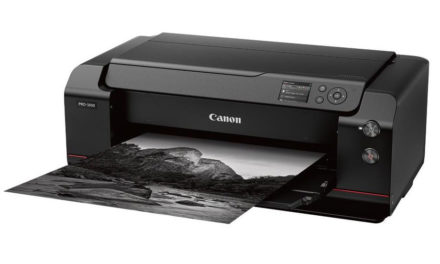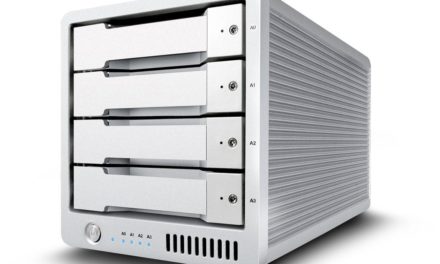Leveling Base is a Problem-Solver for Most Ball Head Owners
Review by Fernando Santos
You may have a problem with your tripod and tripod head combination that you’re not aware of. Let me tell you what it is, and give you a solution for it. First, have you ever shot a panorama with several shots to find out later in Lightroom or Photoshop that your camera wasn’t leveled? I’ve been there. The problem is that we’re not very accurate when leveling our tripods. Let me be clear: Leveling a tripod by adjusting the length of its legs isn’t a quick-and-easy task, and the little spirit levels on most tripods aren’t very helpful nor accurate.
You may ask, “How is that a problem, if I can easily level my camera using my ball head?” Well, that would be correct if the panning feature on most ball heads wasn’t at their base. Unfortunately, this means that when you’re panning something that isn’t leveled, your final panorama will end up leaning to one side or another, and you’ll have to crop the image to straighten it. If your ball head has the panning on top, then you’ll be fine; but I still have something important to tell you, so don’t go away yet.
To solve this leveling problem, you should use a leveling base. There are many options on the market, and I’ve tried a few, from the cheap ones to the absolutely amazing ones like the TA-2U-LB model from Really Right Stuff (RRS). A typical leveling base is screwed to your tripod, and then you screw your tripod head to the leveling base. I use arca-style plates on my tripod heads, which makes it super-fast to mount/dismount a tripod head. That’s always a good thing when you’re out shooting or moving from place to place, and you need to pack/unpack quickly. I picked this leveling base with the arca clamp so that I can easily mount a tripod head to it, or even my camera, but I’ll talk about that option later.
Leveling bases are usually large and tilt no more than 15° in any direction. This new RRS TA-2U-LB is relatively small and tilts up to 20°, which means you have 40° maximum articulation—pretty impressive. It’s also well-built, and the movement is very smooth (just as you’d expect from an RRS product). You lock/unlock the leveling base with the triple-lobe lock lever, using less than a quarter rotation. Despite its small size, it can hold up to 25 lbs (a little over 11 kg), which should be enough for most situations. It looks solid and well built, and performs accordingly.
A leveling base is not just good for panoramas but also for those who shoot architecture photography, when you need to keep the horizontal and vertical lines straight. Same thing applies to those who do video: When you pan, you want your video to stay leveled. So, if your regular ball head has the panning on the bottom, there are many situations where you’ll benefit from having a leveling base.
One other thing that you can do, particularly with this RRS leveling base, is use it without a ball head. With its 40° of movement, it should be good enough in many situations. It will be a simple “ball head,” but it will be strong and reliable. An example might be to use it directly on a Platypod without having a ball head at all.
There are many situations where a leveling base is important and this TA-2U-LB with the lever clamp is a great choice, not just for its solid construction and slick look, but also because it performs extremely well, honoring the Really Right Stuff logo on it. There are cheaper models on the market but, after trying this one, you may want to pay the price to have a really good one.






